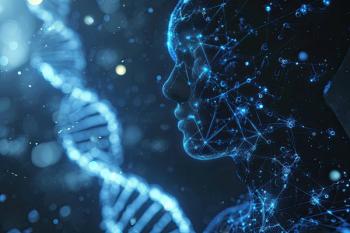
Theory and Practice of 2D Liquid Chromatography
This Tuesday morning symposium, “Recent Advances in Two-Dimensional Liquid Chromatography-Theory and Practice,” in room 118B, brings together experts in 2D-LC from both academic and industrial laboratories.
This Tuesday morning symposium, “Recent Advances in Two-Dimensional Liquid Chromatography-Theory and Practice,” in room 118B, brings together experts in 2D-LC from both academic and industrial laboratories. Presentations will cover a wide range of topics including polymer separations, separations of natural products, and separations of both small and large (e.g., proteins) pharmaceutical molecules, as well as development of instrumentation for 2D-LC.
Erik Regalado of the pharmaceutical company Merck will kick off the session with a talk on using online 2D-LC for impurity isolation and analysis of complex mixtures in the development and manufacture of small-molecule pharmaceuticals. The presentation will discuss this approach to analyzing complex mixtures of closely related pharmaceuticals and synthetic intermediates, including drugs metabolites and analogs, constitutional isomers, stereoisomers and more.
Next, symposium chair Dwight Stoll, of Gustavus Adolphus College, will talk about active solvent modulation in 2D-LC. Active solvent modulation is valve-based approach to mitigate solvent effects in 2D-LC that can lead to peak distortion and reduced detection sensitivity if not properly managed.
The third talk will be given by Andre de Villiers of Stellenbosch University, on comprehensive three-dimensional LC. Specifically, he will present an overview of the benefits and technical limitations of an analytical methodology using on-line hyphenation of LC×LC with ion-mobility spectrometry (IMS) and high resolution MS (HRMS).
Peilin Yang of the Dow Chemical Company will then discuss the use of comprehensive 2D-LCchromatography for routine analysis of synthetic polymers. In addition to presenting industrial case studies Yang will also discuss whether comprehensive 2D-LC is ready for routine industrial applications. Some practical considerations include polymer breakthrough, method robustness, fast method development, selection of column dimensions, and solvent consumption.
The session will close with a talk by Pankaj Aggarwal of Pfizer on method development strategies and applications of 2D-LC for pharmaceutical analysis. Case studies showing the implementation of 2D-LC for analyzing peak purity, chiral-achiral separation, and on-column degradation for pharmaceutical compounds will be discussed.
Newsletter
Join the global community of analytical scientists who trust LCGC for insights on the latest techniques, trends, and expert solutions in chromatography.





